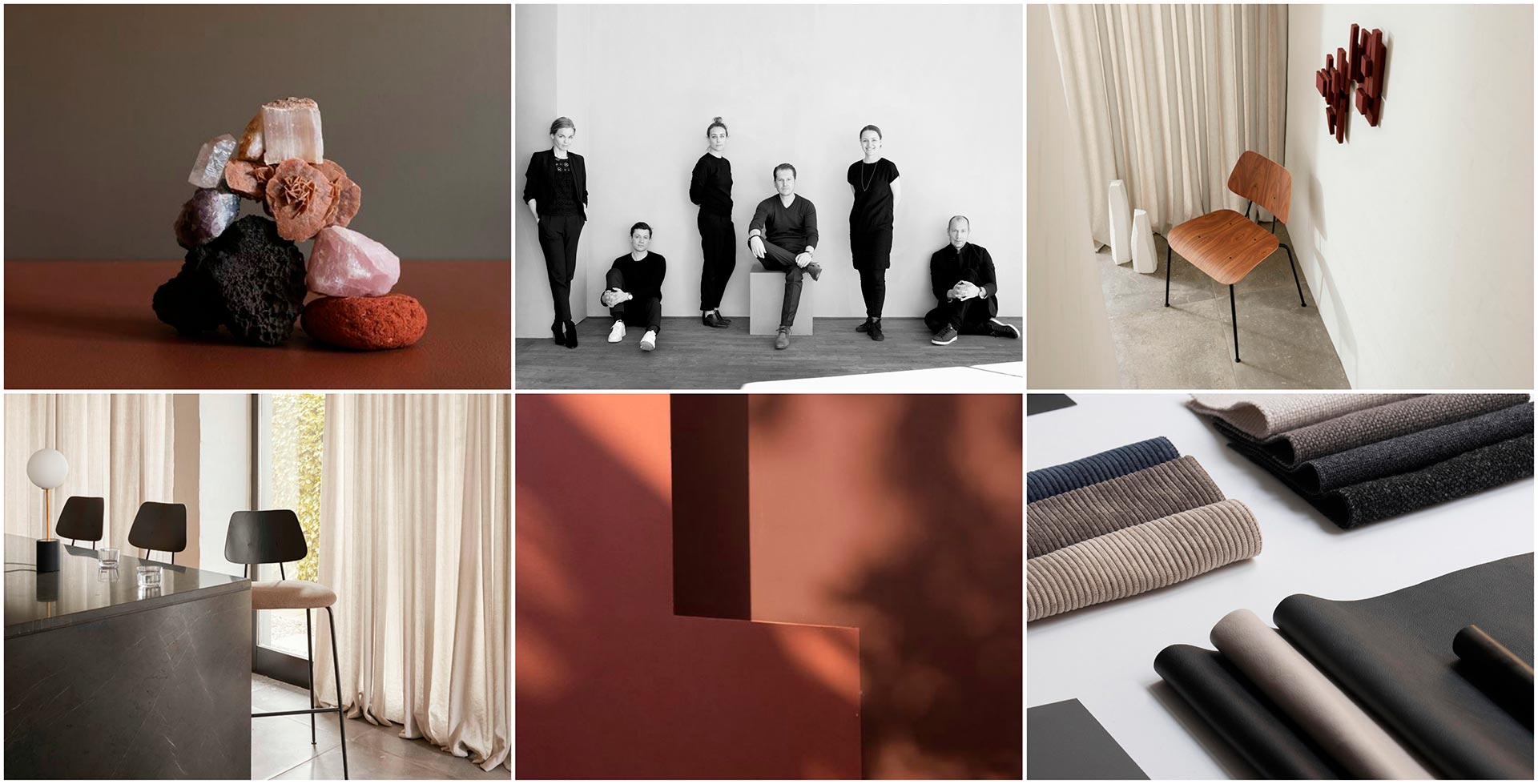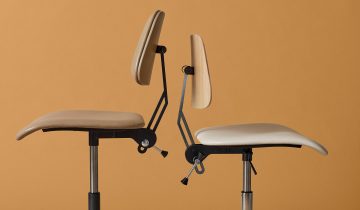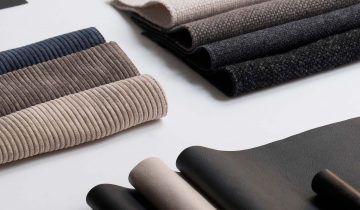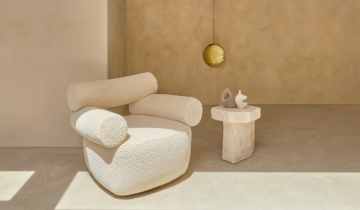We sat down with Linda Korndal, architect at Norm Architects, to talk about transforming a furniture collection from the past into the design classics of tomorrow for the Heritage Collection.
What was it like to rethink an old furniture collection like this one?
“Heritage was a really fun project for us because we usually design furniture from scratch. So starting with the designs of others and adapting them for the present proved to a be a much bigger task than we had originally expected.
It was akin to archaeological or anthropological field studies, where we had to decipher the design and the original agenda so that we could bring it out in the new design – we had to dig in and find the essence. It’s a bit like the way you work with context in architecture – going out and looking at the building’s surroundings, thinking about who it is for, when it was built. It required us to draw heavily on our empathy and really understand the original intentions – rewinding and then fast-forwarding and making it relevant for the present.”
What did the process involve, technically speaking?
“We dug in and identified core characteristics of the designs that were particularly identity-bearing. And then we built the collection up around these elements. So it was a matter of taking the old collection and translating it into a modern-day context, but without making it overly modern and trend-oriented. We examined which details make the designs old-fashioned and which details give them character.”
What made Norm Architects right for the job?
“What really made us right for the job is that we’re architects. We’re used to considering context and the more empathic angle. In a sense, all architects have a little anthropologist in them that thinks about cohesion and context. As architects, it’s easier for us to take on a job like this than it is to start from scratch.
It’s also funny that this job was done by the architects here at our practice, and not by the designers. Our starting point was the universe that the collection came from and needed to remain within – looking at colours, contours and natural universes, combinations of materials. Looking at it very much like one big collection and trying to understand the time for which it was originally created, and playing with that in our work with the individual designs. The entire narrative and the efforts to bring out the stories were a real delight. That’s where our abilities truly come into play. As semi-philosophical theory nerds, we have a love of the story and the big ideas behind the design.
We don’t just think about the collection as a group of furniture designs, but as a complete identity – and about how it could become an exhibition – a brand.
Our work largely involves a very geometrical approach, but the period that these chairs come from is by no means simple and geometrical – so it was fun to be transported to another era and to embrace a different perception of the aesthetic, the beautiful and the true. It meant that we had to take ourselves and our approach out of the equation, which was almost the best thing about the project.”






 No products in the cart.
No products in the cart. 